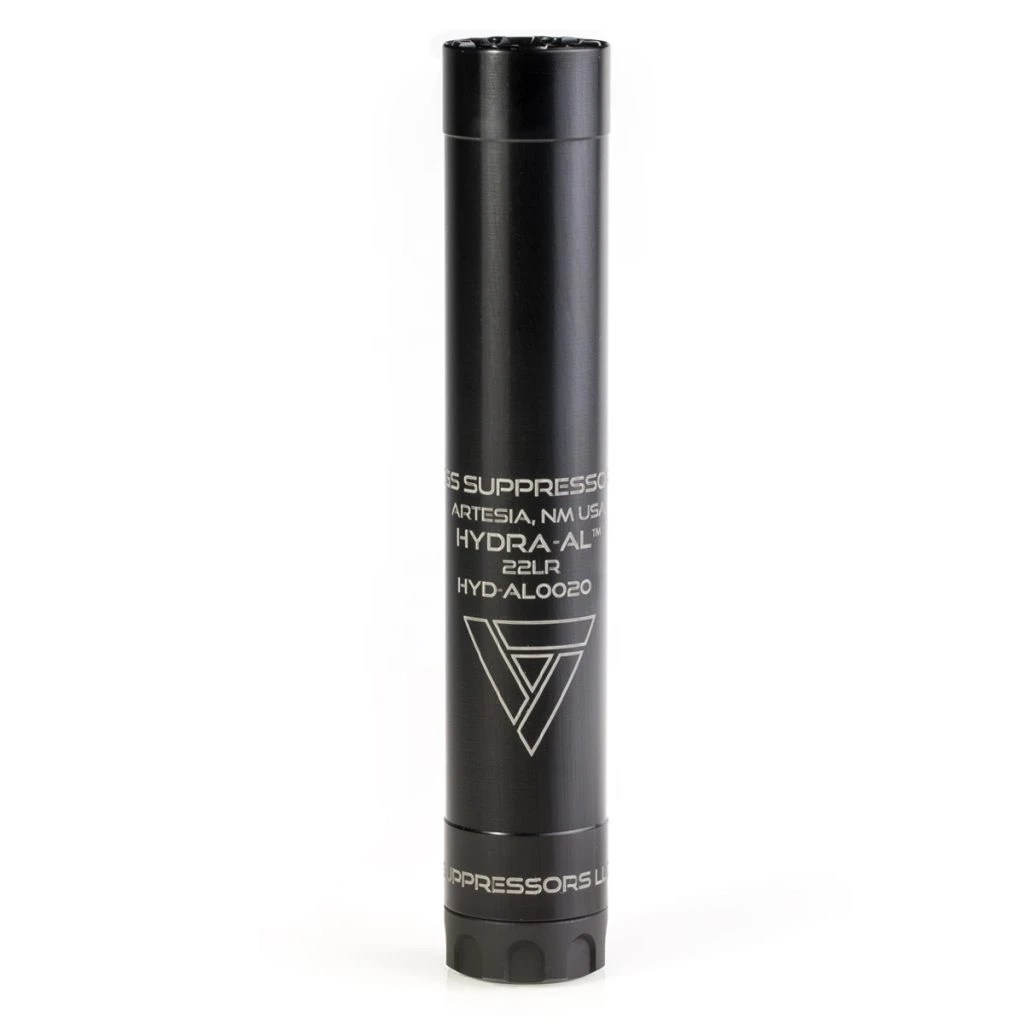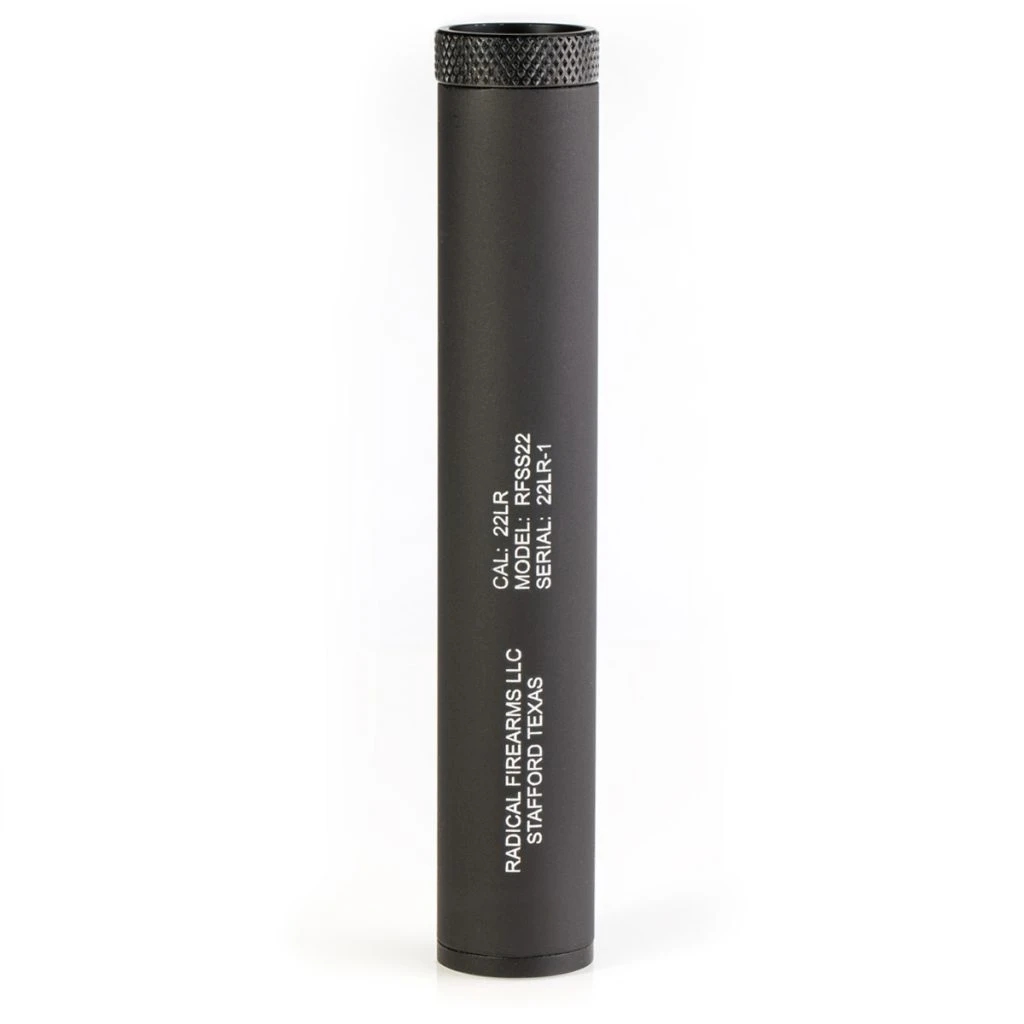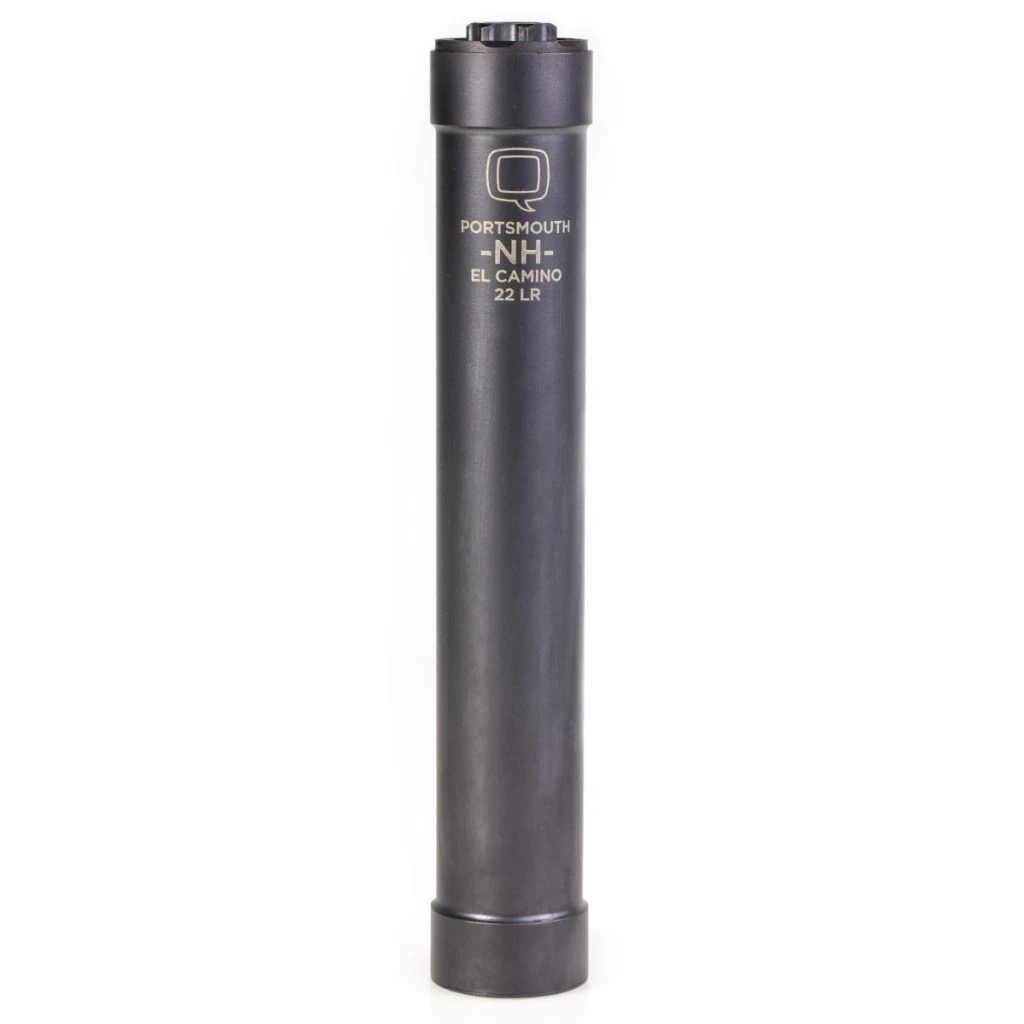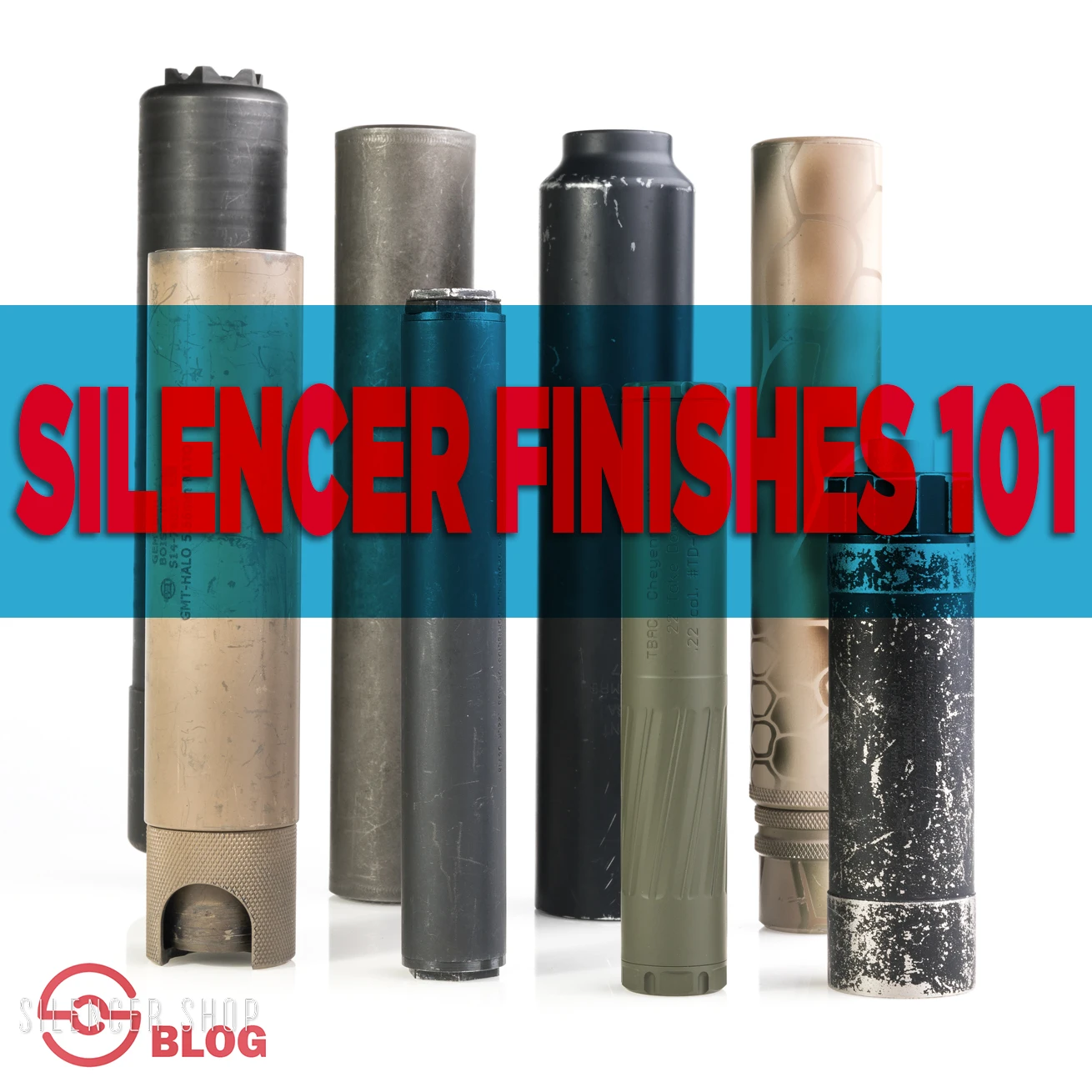Silencer Finishes 101
|
|
Silencer Finishes 101Often taken for granted (or simply overlooked), the finishes that silencer manufacturers employ on various cans play a pivotal role in the effectiveness of each unit. With so much emphasis (and rightly so) on the baffle design, the build materials, and so on, a suppressor’s finish is sometimes overshadowed by its can contemporaries. However, the tube’s finish should not be ignored and demands respect! |
*Please note, this article is meant to offer an overview of the three common silencer finishes in a simple and understandable manner that will benefit you, the customer. By no means is it an all-encompassing, in-depth technical manual for the metallurgic properties of each finish type.
Common Finishes
Okay, enough with the dramatic buildup. Generally, the cans in our Silencer Shop inventory are coated with one of the following finishes: anodize, Cerakote™, or physical vapor deposition (PVD). Each option adds durability to the respective silencer while also bringing a level of attractiveness to the final product (Hubba, hubba!).
Anodize
|
Putting our technical thinking caps on for just a minute, anodizing is a chemical process that creates coating on the surface of a metal (usually aluminum), which provides durability and combats general wear and tear. Anodizing also increases corrosion resistance and makes the metal easier to paint. Several of the suppressors on our site sport anodize finishes. Most of the said cans are aluminum models because the anodization acclimates well to this metal, resulting in an appealing look (i.e., matte black). In addition, titanium is also a candidate to be anodized. |
- |  |
Silencer manufacturers often use aluminum as a building material because of its lightness; however, aluminum is also quite soft. Without anodization, an aluminum suppressor would degrade much faster under heavy use.
Dipping the aluminum unit in sulfuric acid, then running an electrical current through the liquid is the most common form of anodizing. This process causes aluminum oxide to form on the surface of the metal, making it considerably harder than bare aluminum. Because this film of aluminum oxide is somewhat porous, it can be dyed/painted various shades.
Anodization is classified in two categories: Type II and Type III. “Type” describes the thickness and consequent hardness of the coating. A general overview of both groups follows.
- Type II—common form; creates coating < .001”
- Type III—hard-coat form; references any coating between .001” and .004”
Although some silencer manufacturers claim that Type III “penetrates” (as well as coats) the respective metal to make the unit more durable, both anodizing methods penetrate to a certain extent.
Moreover, Type III is a thicker/harder anodizing process but is also much more complicated because it includes colder temps, more electrical current, and an electrolyte solution. These factors result in a more expensive procedure, often adding cost to a Type III anodized tube.
Hard-coat anodizing is also considerably less porous than Type II, so dye/paint jobs become futile. This fact allows Type II silencers to be available in a variety of colors (black, flat dark earth, etc.). Essentially, the harder the coating, the less shiny the finish achieved during the polishing process.
Some anodize models include:
But, be sure to explore our entire inventory of cans for your preferred finish.
Cerakote
 |
- |
Utilizing our techy caps again, Cerakote is a polymer-ceramic composite coating that can be applied to metals, plastics, polymers, and wood. For silencer purposes, primarily stainless steel models endure a Cerakote coating; however, this finish will adhere to basically any metal in the silencer realm. Much like anodize, the unique formulation used for ceramic-based Cerakote coating enhances several physical performance properties, including abrasion resistance, corrosion resistance, chemical resistance, and overall durability. In a nutshell, Cerakote makes your suppressor tough and visually appealing. |
Moreover, a Cerakote finish utilizes a high-temperature curing process and is applied very simply making this method a popular coating to a wide variety of silencers (and firearms in general). The thin layer of film is a high-performance coating that ensures total protection and holds strong against the extreme heat of firearms.
Some Cerakote cans include:
- Radical Firearms RF 7.62
- Rugged Suppressors Obsidian 45
- Surefire SOCOM 762-Mini2
- Tactical Solutions Ascent
Silencer Shop offers many silencer accessories that employ Cerakote, so add some to your setup to maximize performance.
Physical Vapor Deposition
|
Technical thinking caps, engage one more time. Physical vapor deposition (PVD) refers to a variety of vacuum deposition methods that produce thin films/coatings to help protect various objects. Relatively recently adopted into the firearm world, the PVD process involves material changing from a condensed phase to a vapor phase, finishing as a thin film condensed phase. The final film phase is what some silencer manufacturers (e.g., Q, Sig Sauer) use to shield their effective cans. Stainless steel and titanium units are the most common applications for a PVD finish. |
- |  |
With applications ranging from aerospace to automotive to medical, PVD coatings are a trusted and reliable finish option, especially because they often provide a harder and more corrosion-resistant covering than the two counterparts discussed above.
Essentially, PVD is a premier alternative because these finishes result in high-temperature adaptability and good impact strength, not to mention top-notch abrasion resistance and impressive durability. In other words, PVD handles temperature variances well and tends to hold the suppressor’s color throughout its lifecycle.
Some PVD models include:
With several practical advantages, PVD finishes are a tested, durable coating option that silencer manufacturers and owners can trust.
The Big Finish
(See what we did there?) To conclude, the “finishing” touch of each silencer reinforces the overall strength of the unit and provides extra durability. In some instances, it even offers a stylish appearance that further sets your chosen suppressor apart from the crowd.
Whether anodize, Cerakote, or PVD is used during the finishing process, rest assured you can will be able to handle the rigors of heavy fire at the range. For more insight regarding a specific suppressor’s finish, check out its product description. Or, contact us to discuss your options.






